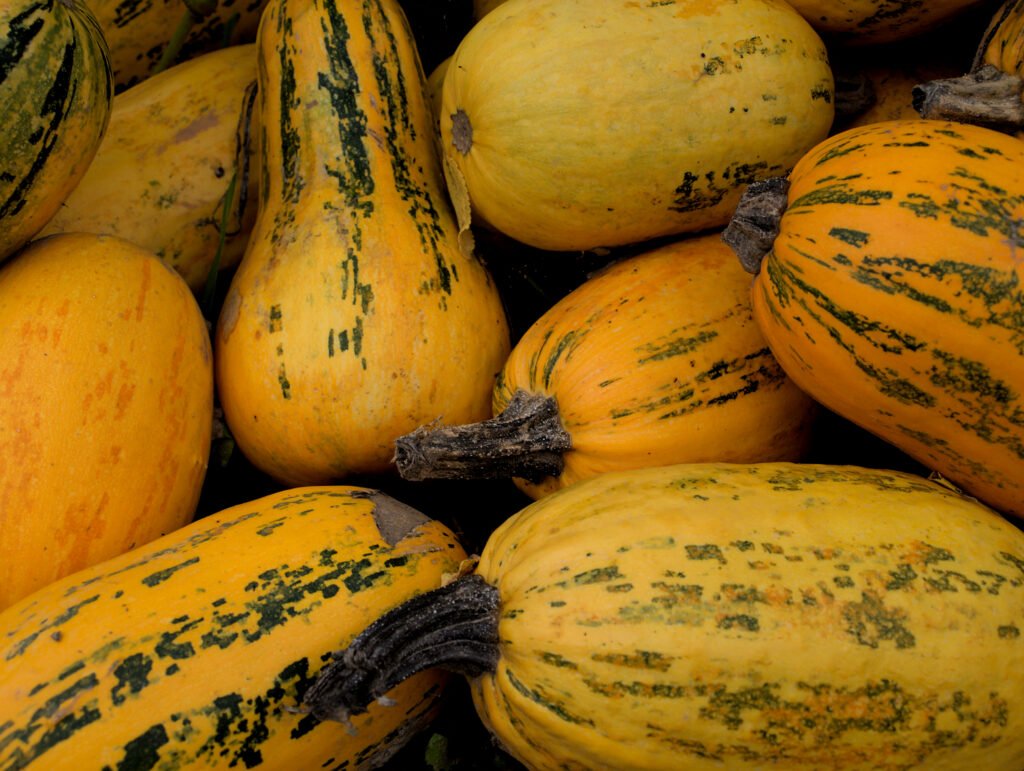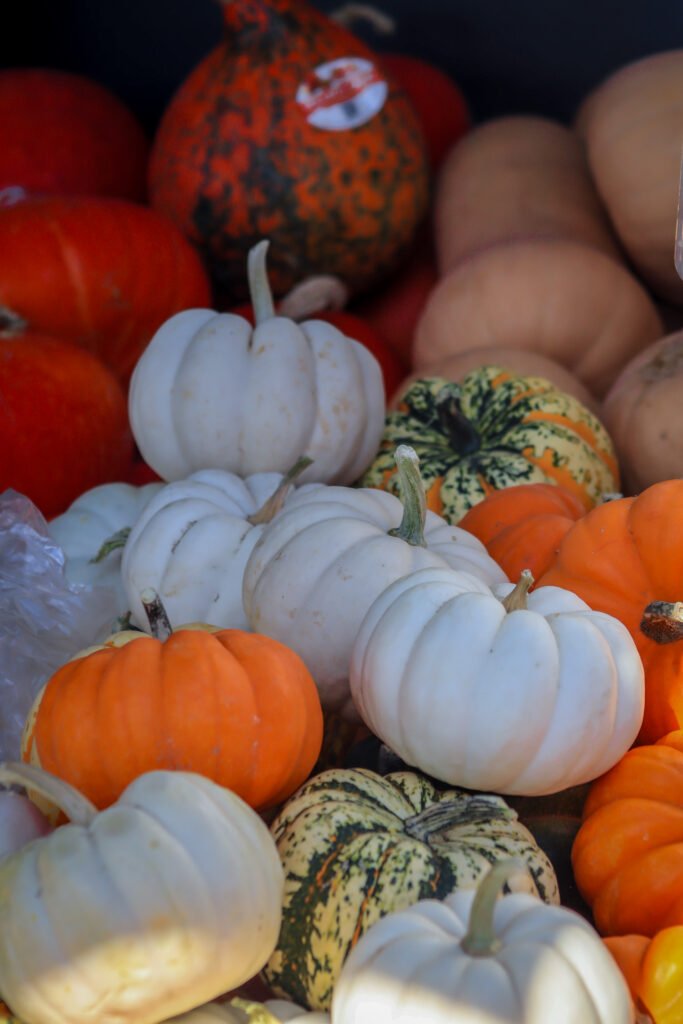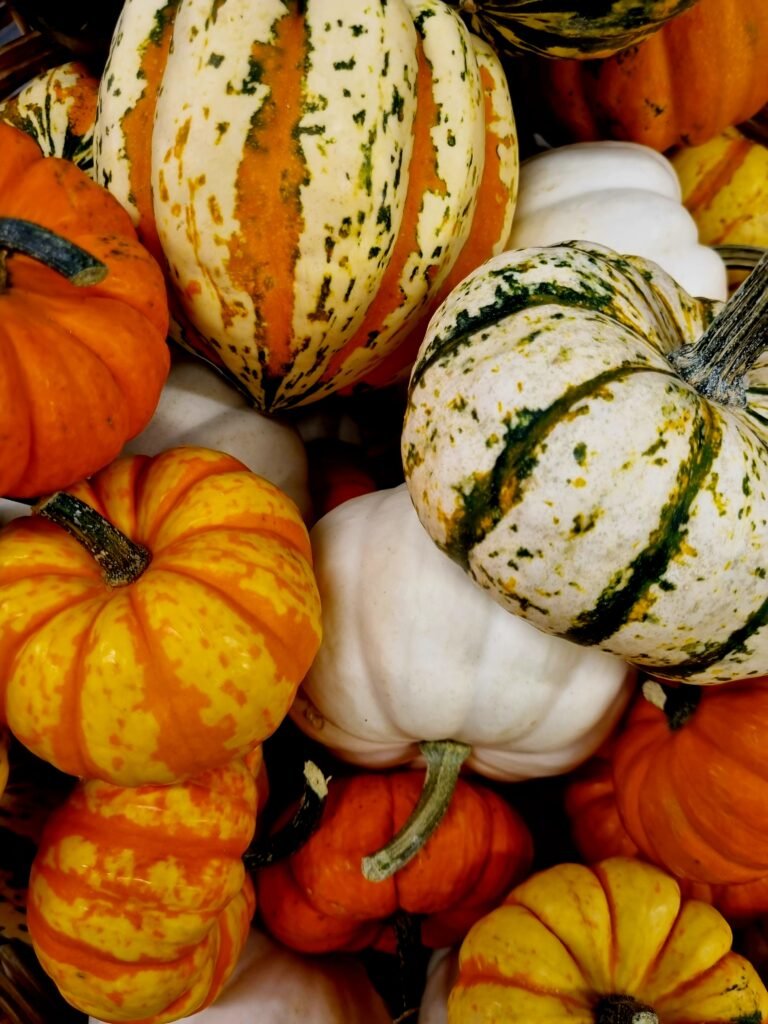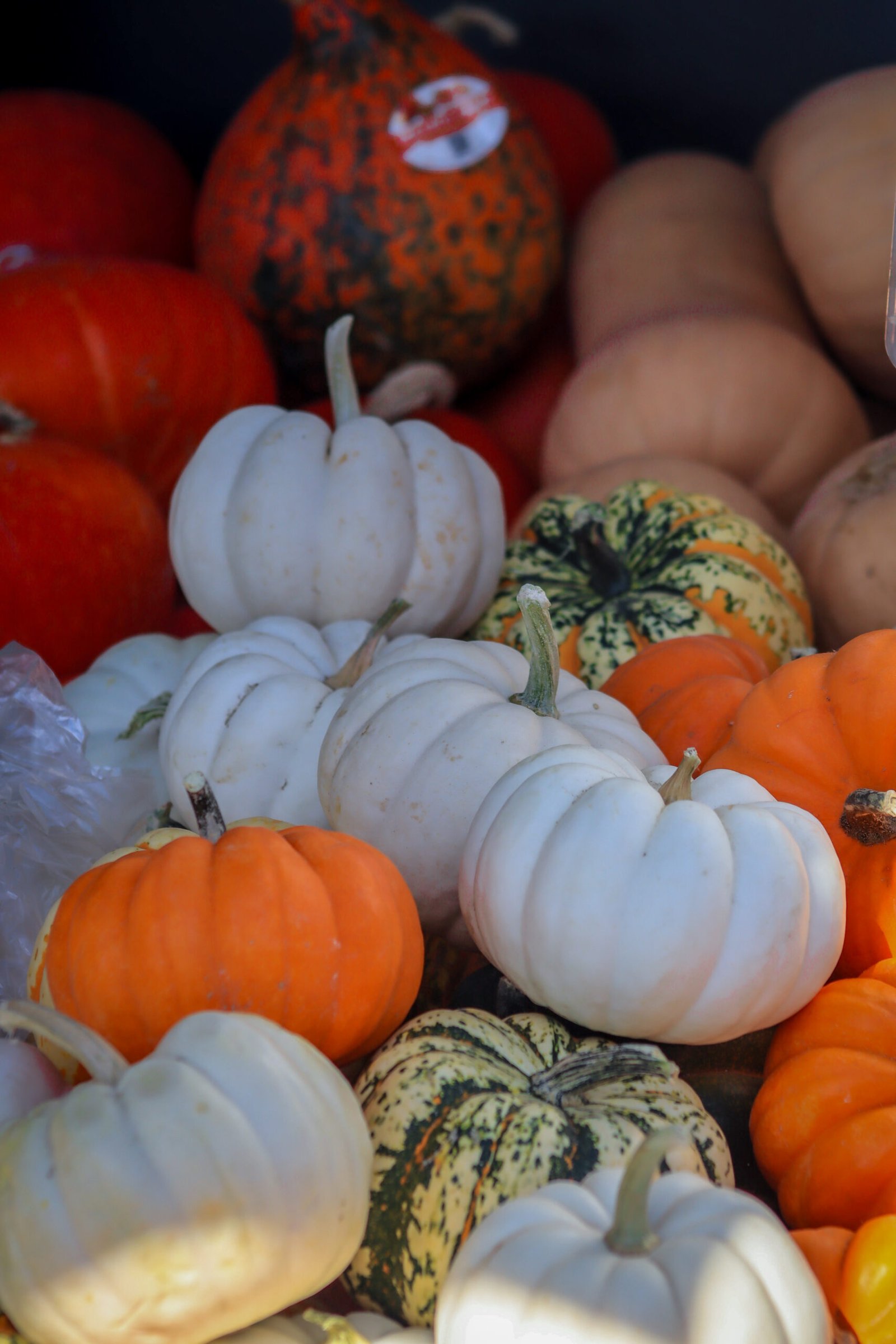Roasting vegetables to perfection in the oven may seem like a daunting task, but fear not, as we’ve got you covered! Whether you’re a seasoned chef or an amateur in the kitchen, this article will guide you through the process of achieving irresistibly delicious roasted vegetables. From selecting the right vegetables and preparing them for roasting to mastering the perfect timing and temperature, you’ll soon be impressing your friends and family with mouthwatering dishes that are perfectly roasted each time. So, grab your apron and let’s get cooking!
Choosing the Right Vegetables
When it comes to roasting vegetables in the oven, selecting the right vegetables is crucial. It is important to choose fresh vegetables that are in their prime, as this will ensure optimal flavor and texture. Look for vegetables that are firm, with vibrant colors and no signs of wilting or bruising. Farmers markets and local grocery stores are great places to find a wide variety of fresh vegetables.
Selecting Fresh Vegetables
When selecting fresh vegetables, use your senses. Look for vegetables that have vibrant colors and are free from blemishes or spots. Avoid vegetables that look wilted, as they may not roast well. The texture of the vegetables should be firm, and they should feel heavy for their size. Additionally, fresh vegetables should have a pleasant aroma.
Considering the Texture and Cooking Time
Another important factor to consider when choosing vegetables for roasting is their texture and cooking time. Vegetables with similar textures and cooking times should be grouped together to ensure even roasting. For example, root vegetables like potatoes and carrots have a dense texture and longer cooking times, while delicate vegetables like zucchini and bell peppers have a softer texture and shorter cooking times.
Choosing Complementary Flavors
In addition to considering the texture and cooking time, it is also important to choose vegetables that complement each other in terms of flavor. Some vegetables have a naturally sweet flavor, while others are more savory or earthy. Experimenting with different combinations of vegetables can enhance the overall taste of your roasted dish. For example, pairing sweet potatoes with Brussels sprouts can create a delicious combination of flavors.
Preparing the Vegetables
Before you start roasting your vegetables, proper preparation is key to achieving the best results. This includes washing and drying the vegetables, peeling and cutting them, and seasoning them to enhance their flavors.
Washing and Drying the Vegetables
To ensure that your vegetables are clean and free from any dirt or debris, it is important to wash them thoroughly before roasting. Simply rinse the vegetables under cold water and gently scrub them with a vegetable brush, if necessary. After washing, make sure to dry the vegetables completely to avoid any excess moisture that could hinder the roasting process.
Peeling and Cutting the Vegetables
Depending on your personal preference and the recipe you are following, you may need to peel and cut the vegetables before roasting. Some vegetables, like potatoes and carrots, may need to be peeled, while others, like zucchini or bell peppers, can be left unpeeled. When cutting the vegetables, try to maintain uniformity in size to ensure even cooking. This will help prevent some pieces from becoming overcooked while others are undercooked.
Seasoning the Vegetables
Seasoning your vegetables is an essential step to enhance their flavors and add depth to the roasted dish. You can use a variety of herbs, spices, and seasonings to suit your taste preferences. Common options include garlic powder, onion powder, paprika, dried herbs like thyme or rosemary, and salt and pepper. Toss the vegetables with the seasonings and a drizzle of olive oil to evenly coat them before roasting.

Preheating the Oven
To achieve perfect roasted vegetables, preheating the oven is a crucial step. This helps to ensure that the vegetables cook evenly and develop a delicious caramelized exterior.
Setting the Oven Temperature
The ideal oven temperature for roasting vegetables is typically between 400°F (200°C) to 450°F (230°C). This high heat allows the vegetables to cook quickly and develop a desirable crispness. It is important to preheat the oven for at least 10-15 minutes to reach the desired temperature before adding the vegetables.
Preheating the Baking Sheet
In addition to preheating the oven, preheating the baking sheet can help achieve optimal results. Place the baking sheet in the oven while it preheats to ensure that it becomes hot. This helps create a searing effect on the vegetables when they are placed on the hot surface, resulting in a crispy and caramelized exterior.
Arranging the Vegetables
The way you arrange the vegetables on the baking sheet can also make a difference in the overall outcome of the dish. Properly arranging the vegetables ensures even cooking and allows them to roast to perfection.
Choosing the Right Baking Dish
Choosing the right baking dish is important for even cooking and easy cleanup. A rimmed baking sheet is often the best choice as it prevents any juices or oil from dripping off the sides and onto the oven. Additionally, a rimmed baking sheet allows for better airflow around the vegetables, promoting even browning and crispness.
Arranging in a Single Layer
To ensure that the vegetables roast evenly, it is important to arrange them in a single layer on the baking sheet. Crowding the vegetables can lead to steaming rather than roasting, resulting in a softer texture. If you have a large amount of vegetables, it may be necessary to use multiple baking sheets or to roast them in batches.
Leaving Space Between the Pieces
Leaving space between the pieces of vegetables is crucial for proper airflow and even cooking. If the vegetables are placed too close together, they may steam rather than roast, resulting in a softer texture. Aim to leave about an inch of space between the pieces to allow the heat to circulate evenly.

Roasting the Vegetables
The roasting process itself plays a significant role in achieving perfectly roasted vegetables. Properly monitoring the cooking time, flipping and stirring the vegetables, and testing for doneness are key steps to follow.
Monitoring the Cooking Time
The cooking time for roasted vegetables can vary depending on the type and size of the vegetables. It is important to keep a close eye on the vegetables as they roast to prevent them from overcooking. Start checking for doneness around the halfway mark and adjust the cooking time accordingly. Vegetables should be tender and caramelized, with a golden-brown color.
Flipping and Stirring
Flipping and stirring the vegetables during the roasting process helps ensure even cooking and prevents them from sticking to the baking sheet. Use a spatula or wooden spoon to gently toss the vegetables, being careful not to overcrowd the baking sheet. This allows different sides of the vegetables to come into contact with the hot surface, promoting browning and crispness.
Testing for Doneness
To check if the roasted vegetables are done, use a fork or a sharp knife to pierce a few pieces. The vegetables should be tender but still have some resistance when pierced. They should also have caramelized edges and a deep, roasted flavor. Remember that some vegetables, like root vegetables, may require a longer cooking time to achieve the desired doneness.
Enhancing the Flavor
While roasted vegetables are delicious on their own, there are several ways to enhance their flavor even further. Adding herbs and spices, using aromatics, and drizzling them with olive oil can take your roasted vegetables to the next level.
Adding Herbs and Spices
Experimenting with different herbs and spices is a great way to elevate the flavor profile of your roasted vegetables. Popular choices include fresh or dried herbs like rosemary, thyme, oregano, or basil, as well as spices such as cumin, coriander, or smoked paprika. Sprinkle the herbs and spices over the vegetables before they go into the oven for a burst of flavor.
Using Aromatics
Aromatics like garlic, onions, or shallots can add depth and complexity to your roasted vegetables. Chop or mince the aromatics and toss them with the vegetables before roasting. As they cook, the aromatics release their flavors and infuse the vegetables with a delicious aroma.
Drizzling with Olive Oil
A final drizzle of olive oil before roasting can help the vegetables caramelize and develop a crispy exterior. It also adds richness and moisture to the vegetables. Use a high-quality extra virgin olive oil for the best results, ensuring that all the vegetables are evenly coated.

Dealing with Common Issues
When roasting vegetables, it’s important to be aware of common issues that may arise and how to address them. Avoiding overcrowding, preventing soggy vegetables, and adjusting cooking time based on size are key factors to consider.
Avoiding Overcrowding
One common mistake when roasting vegetables is overcrowding the baking sheet. If the vegetables are placed too close together, they may steam instead of roast, resulting in a softer texture. To avoid this, make sure to leave enough space between the vegetables on the baking sheet or use multiple baking sheets if necessary.
Preventing Soggy Vegetables
To prevent your roasted vegetables from becoming soggy, it’s essential to remove any excess moisture before roasting. After washing the vegetables, make sure to dry them thoroughly to remove any excess water. If necessary, pat them dry with a clean kitchen towel or use a salad spinner to remove the excess moisture.
Adjusting Cooking Time Based on Size
Different vegetables come in various sizes, and this can affect their cooking time. Larger vegetables like potatoes or winter squash may require a longer cooking time, while smaller vegetables like cherry tomatoes or asparagus cook more quickly. When roasting a variety of vegetables, consider their size and adjust the cooking time accordingly to ensure that all the vegetables are cooked to perfection.
Experimenting with Different Techniques
Roasting vegetables in the oven provides endless opportunities for experimentation. Trying different roasting methods, exploring various vegetable combinations, and experimenting with seasonings can create unique and delicious dishes.
Using Different Roasting Methods
While roasting vegetables in the oven is the most common method, there are other techniques you can try. Grilling, broiling, or even using an air fryer can yield different textures and flavors. Grilling adds a smoky charred flavor, broiling brings a quick and intense heat, and air frying provides a crispy texture with less oil.
Trying Different Vegetable Combinations
Don’t be afraid to mix and match different vegetables to create interesting flavor combinations. Roasting vegetables with different flavors, textures, and colors can result in beautiful and flavorful dishes. Consider combining sweet and savory vegetables, or even adding some fruits like apples or pears for a touch of sweetness.
Exploring Various Seasonings
Spice up your roasted dishes by experimenting with various seasonings and flavor profiles. Beyond the traditional herbs and spices, try incorporating different sauces, marinades, or dressings. Tossing roasted vegetables in a tangy balsamic glaze, a creamy tahini sauce, or a spicy Sriracha honey dressing can take your dish to a whole new level.
Serving and Enjoying
Once your roasted vegetables are cooked to perfection, it’s time to serve and enjoy the delicious flavors you’ve created. Garnishing with fresh herbs, pairing with sauces or dips, and adding roasted vegetables to different dishes are some great ways to maximize your enjoyment.
Garnishing with Fresh Herbs
Before serving, sprinkle your roasted vegetables with fresh herbs to add a burst of freshness and vibrant color. Herbs like parsley, cilantro, or basil can provide a refreshing contrast to the roasted flavors. Simply chop the herbs finely and sprinkle them over the dish for a beautiful presentation.
Pairing with Sauces or Dips
Roasted vegetables can be served as a side dish or even as an appetizer with various sauces or dips. Creamy dips like hummus, tzatziki, or ranch dressing complement the roasted flavors perfectly. You can also create your own dipping sauce by mixing yogurt, lemon juice, and your favorite herbs and spices.
Adding Roasted Vegetables to Different Dishes
Roasted vegetables can be incredibly versatile and can be added to a variety of dishes for extra flavor and texture. Toss them in salads, top pizzas, or add them to pasta dishes for a colorful and nutritious boost. They can also be used as a filling for sandwiches or wraps, or even blended into soups for a creamy and flavorful base.
Storing and Reheating
If you have leftover roasted vegetables, it’s important to store them properly to maintain their flavor and texture. Proper storage techniques, reheating for optimal flavor and texture, and utilizing leftover roasted vegetables can help minimize food waste and maximize flavor.
Proper Storage Techniques
To store roasted vegetables, let them cool completely before transferring them to an airtight container or resealable bag. Place them in the refrigerator and they will typically last for up to 3-4 days. If you need to store them for longer, you can freeze them for up to 2-3 months. To prevent freezer burn, make sure to wrap them tightly in foil or freezer-safe bags.
Reheating for Optimal Flavor and Texture
To reheat roasted vegetables, avoid using the microwave as it can result in a soggy texture. Instead, preheat the oven to 350°F (175°C) and spread the vegetables out on a baking sheet. Heat them in the oven for about 10-15 minutes, or until they are heated through and crispy. This will help restore their delicious caramelized exterior.
Utilizing Leftover Roasted Vegetables
Leftover roasted vegetables can be repurposed in a variety of ways to create new and exciting dishes. Add them to omelets or frittatas, toss them in a grain bowl, or layer them in a veggie-packed sandwich. You can also blend them into a smooth puree or soup for a delicious and nutritious meal.
Roasting vegetables to perfection in the oven is a fantastic way to showcase the natural flavors and textures of a wide variety of vegetables. By choosing the right vegetables, properly preparing and arranging them, and utilizing various techniques and seasonings, you can create delicious roasted dishes that will impress your family and friends. So grab your favorite vegetables, preheat that oven, and get ready to enjoy a simple, flavorful, and nutritious culinary experience.

